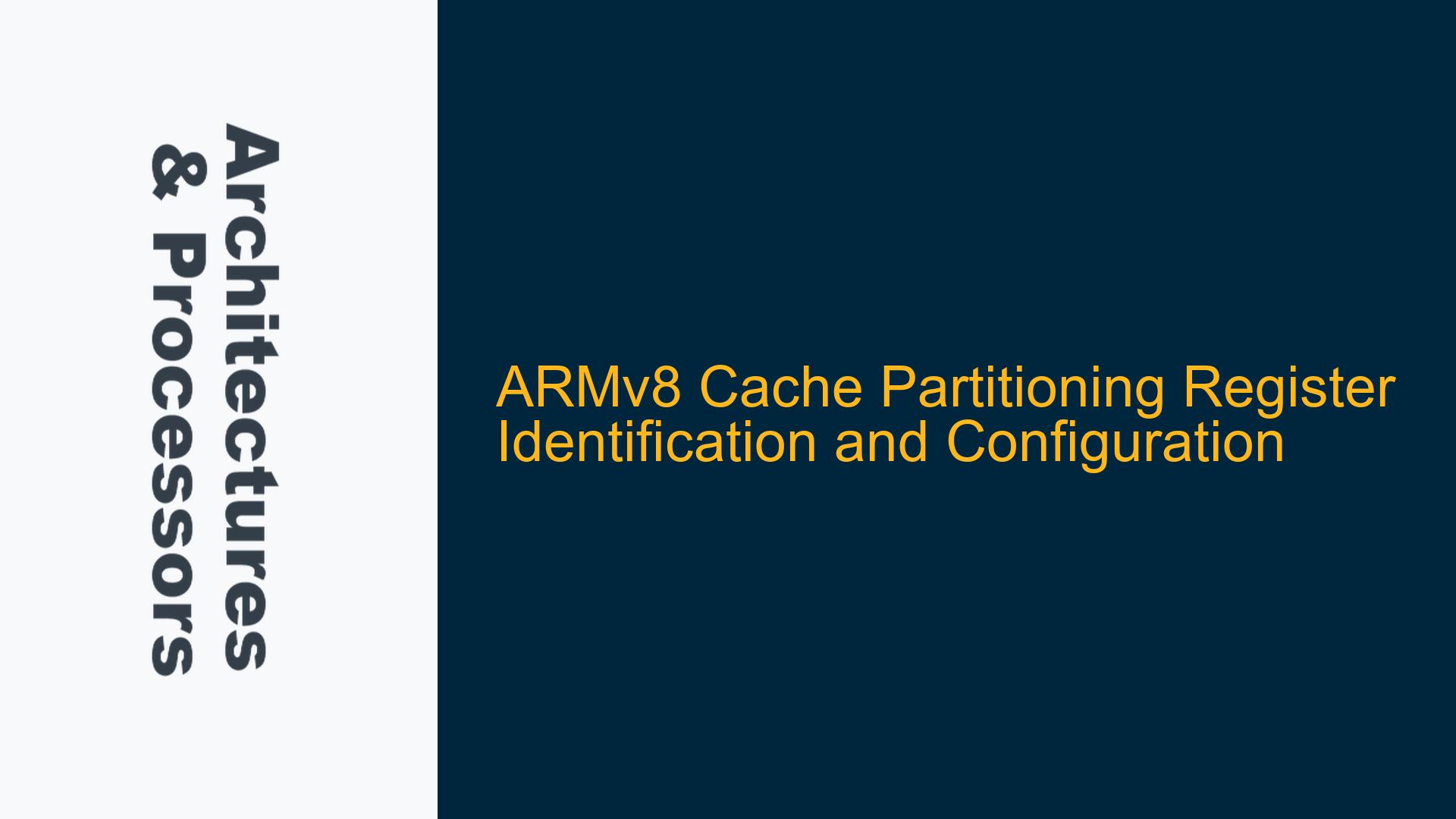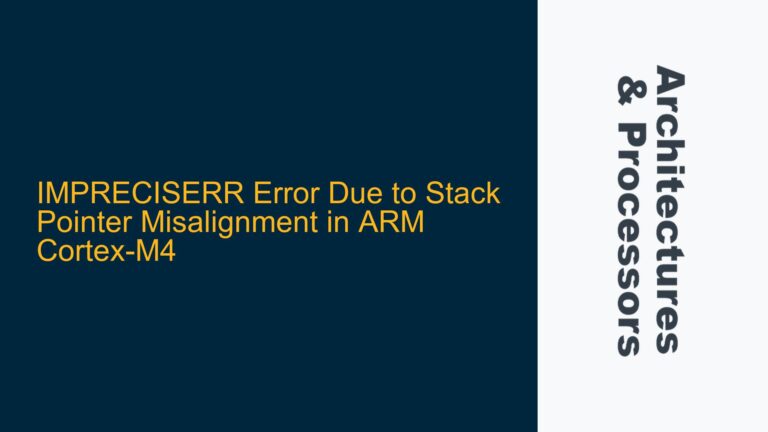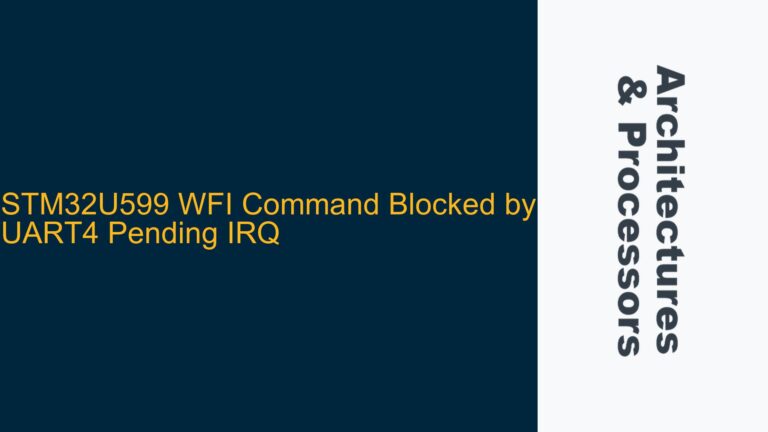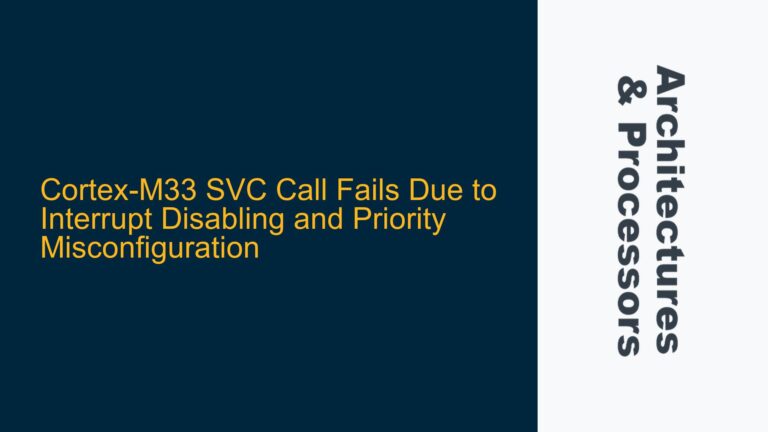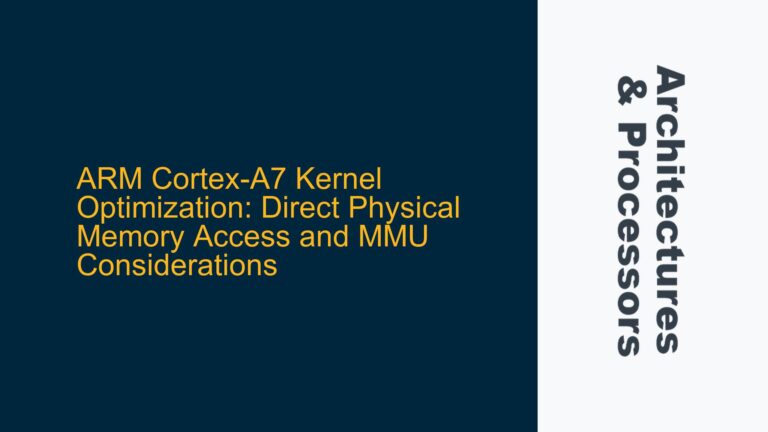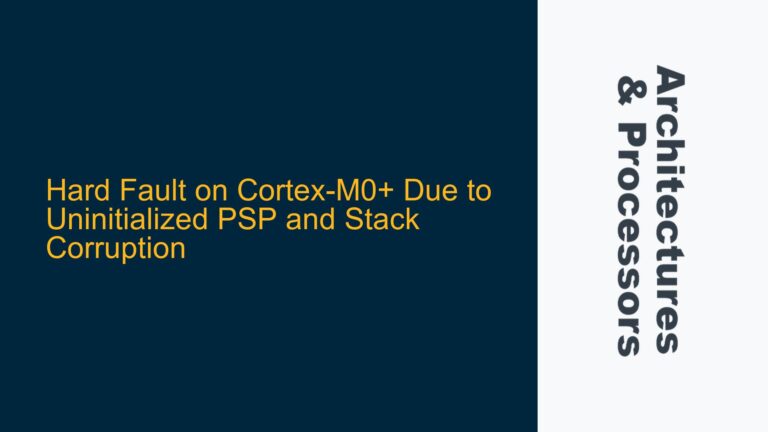ARMv8 Cache Partitioning and ThunderX Implementation Details
Cache partitioning in ARMv8 architectures, particularly in the context of Cavium ThunderX processors, involves the division of shared cache resources among multiple cores to optimize performance for specific workloads. The ThunderX processor, designed for server and datacenter markets, supports up to 16 partitions in its shared L2 cache. Each core can be assigned specific cache ways, which are controlled via a special register per core. This register dictates which cache ways a core can insert cache lines into, while still allowing access to any cache line within the shared cache.
The ARM Architecture Reference Manual for ARMv8 (DDI0487C_a) provides a comprehensive overview of the architectural features but does not specify implementation details for micro-architectural features like cache partitioning. These features are typically left to the discretion of the processor designers, such as Cavium in the case of ThunderX. Therefore, the specific register controlling cache partitioning on ThunderX processors is not documented in the ARM manual but would be detailed in Cavium’s proprietary documentation.
Micro-architectural vs. Architectural Features in ARMv8
The distinction between micro-architectural and architectural features is crucial in understanding why the cache partitioning register is not documented in the ARM Architecture Reference Manual. Architectural features are those that are guaranteed to be present and behave consistently across all implementations of the ARMv8 architecture. These features form a contract between the software and the hardware, ensuring compatibility and predictability.
Micro-architectural features, on the other hand, are implementation-specific optimizations and enhancements that can vary between different ARMv8 processors. Cache partitioning falls into this category, as it is an optimization technique that can be implemented differently by various ARM licensees. In the case of ThunderX, the cache partitioning feature is implemented in the shared L2 cache, which may be part of the processor core or the interconnect fabric, depending on the specific SoC design.
Given that cache partitioning is a micro-architectural feature, the specific register controlling this behavior would be documented in the ThunderX processor’s technical reference manual. This manual would provide the necessary details on the register’s address, bit fields, and configuration options. Without access to this proprietary documentation, identifying the exact register and its configuration is challenging.
Identifying and Configuring the Cache Partitioning Register on ThunderX
To identify and configure the cache partitioning register on ThunderX processors, the following steps should be taken:
-
Consult Cavium’s ThunderX Technical Reference Manual: The primary source of information for the cache partitioning register is Cavium’s proprietary documentation. This manual should detail the register’s address, bit fields, and configuration options. If the manual is not readily available, contacting Cavium directly for access or clarification is recommended.
-
Analyze the Linux Kernel Source Code: If the ThunderX processor is supported by the Linux kernel, the kernel source code may contain references to the cache partitioning register. Searching through the kernel source code for ThunderX-specific cache management functions or macros could provide insights into the register’s configuration.
-
Experiment with Cache Partitioning: If the register’s details are not available through documentation or source code, experimental approaches can be employed. Writing test programs that attempt to modify cache behavior and observing the results can help infer the register’s location and configuration. This approach requires careful design to avoid system instability and should be done in a controlled environment.
-
Use Performance Monitoring Tools: ARM processors often include performance monitoring units (PMUs) that can provide detailed information about cache usage and behavior. Using PMUs to monitor cache activity while experimenting with different partitioning schemes can help validate the effectiveness of the configuration and ensure that the intended partitioning is achieved.
-
Implement Data Synchronization Barriers: When modifying cache partitioning settings, it is essential to ensure that all cores have a consistent view of the cache. Implementing data synchronization barriers (DSBs) and instruction synchronization barriers (ISBs) can prevent race conditions and ensure that changes to the cache partitioning register take effect correctly.
-
Validate Configuration with Benchmarks: After configuring the cache partitioning register, running benchmarks that simulate the intended workload can help validate the configuration’s effectiveness. Comparing performance metrics before and after partitioning can provide quantitative evidence of the partitioning’s impact.
In conclusion, identifying and configuring the cache partitioning register on ARMv8 processors like the Cavium ThunderX requires a combination of consulting proprietary documentation, analyzing source code, and experimental validation. Given the micro-architectural nature of cache partitioning, the specific details are implementation-dependent and not covered in the ARM Architecture Reference Manual. By following the outlined steps, developers can effectively manage cache resources to optimize performance for their specific workloads.
